Features and rules for the reproduction of lilies with scales
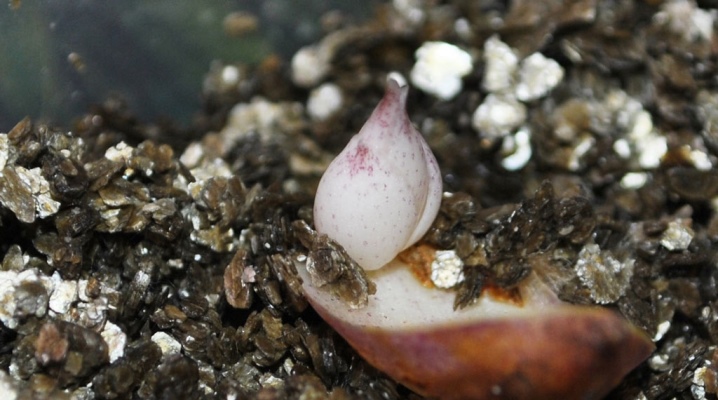
There are several ways to breed lilies. One of them is done with scales. Gardeners often lean towards it, because instead of one flower, several appear, which saves money and does not require additional actions.

Timing
One of the main advantages of the method is that reproduction by scales can be carried out throughout the year. However, experts recommend giving preference to spring, since at the very beginning of spring, plants have maximum biological activity. In addition, this type of reproduction is resorted to when in the fall for some reason it was not possible to plant the bulbs, or the planting material was bought very early. From 2 to 15 bulbs appear on each scale. Accordingly, their total number can be significant.
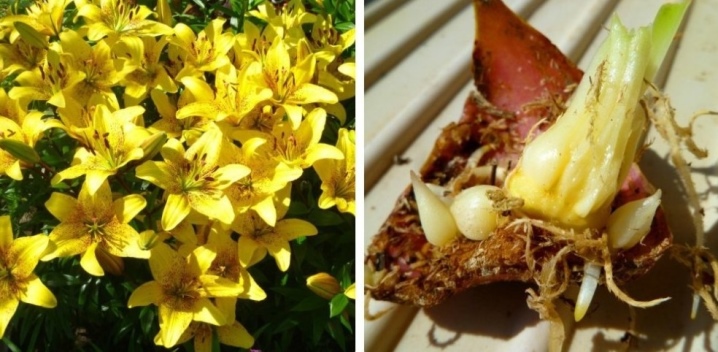
Selection and preparation of planting material
It is not difficult to propagate lilies with scales at home, but you need to do it right. An important point is the preparation of planting material. The scales must be carefully separated from the bulb, while making sure that a piece of the bottom remains. This method is also valuable in that the bulbs are often damaged by rodents, and in this form they cannot be used, but they are perfect for obtaining scales, despite their size.
Sometimes on sale you can find discounted bulbs that visually literally fall apart. It should be noted that this is the most convenient for separating the flakes, and discounts often at more than half the cost are an excellent bonus. Such planting material is obtained very profitable.
However, the bulb will need to be protected, otherwise it may suffer from the separation of the scales.... For this, you can use a fungicidal agent. Furacilin solution is perfect. You can also use coal or ash, if we are talking about private property, which has a furnace. In this case, the cooled coal will need to be finely crushed, and then poured on top of the wounds of the bulbs that formed after removing the scales. It should be noted that such planting material will be perfectly preserved if it is placed in a moist substrate before planting can be carried out.
Further, the question arises of processing the scales themselves. It is required to carry it out as quickly as possible in order to avoid the occurrence of various diseases. In this case, the same fungicidal agent is used. The damaged areas must be removed, and the flake itself must be carefully disinfected.
After that, treatment should be carried out with compositions such as a growth stimulator and a root former.

In order for the scales to germinate, they need a certain substrate. You can use, for example, fiber or sawdust from coconut. Some people prefer to apply special moss or coarse peat. If you didn't manage to get sphagnum moss, the usual one, which can be found in the forest, will do. However, the flakes will need a loose substrate, so this moss needs to be divided into small particles. If everything is done correctly, babies will appear soon.
When the preparations are over the substrate is placed in a cellophane bag... Next, it will need to be slightly moistened, after which the scales are placed inside. They need to be laid so as to exclude contact with each other.You can make several layers that will be covered with some material. When the procedure is over, the bag is closed and put into a box, which will protect the onions from damage. There they will be in a comfortable position during the inspection.
Lilies can be propagated with scales both in the spring and in the autumn. When it was decided to carry out the procedure in the spring, the bag should be kept in a warm place. You can place it in the kitchen. In the second case, a refrigerator or some cool room will do. If you leave the material at home warm, the scales will germinate too quickly, and you will have to arrange additional lighting for them.
Experts advise avoiding waterlogging, it can negatively affect the planting material. And you should also periodically inspect the packages. When fungus and mold appear in them, the affected area is removed, and the substrate is treated with disinfectants.
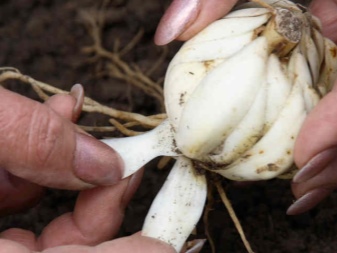
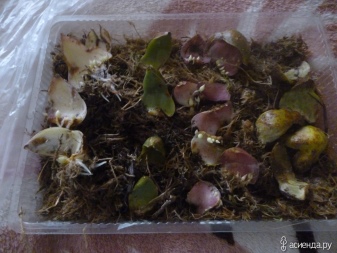
How to prepare the soil?
Before you start breeding lilies on the site, you must definitely prepare the soil. This is very important because the next transplant will take 3-5 years. The flower will feel comfortable on light black soil, so some adjustments may be required. To lighten heavy soil, peat, humus and sand can be added to it. The proportions of the components should be the same. They should be added while digging. It is done to a depth of approximately 40 centimeters, which is approximately equal to the bayonet of a shovel.
If we are talking about depleted soil, 1 m² of land will need to add 4 kilograms of humus. In the case of podzolic soil, its amount will need to be doubled. Soil with neutral acidity is suitable for these plants. However, some species may require planting in slightly alkaline or acidified soil. Experts will help to understand this issue, and this should be done directly during the purchase of flowers.
It should be noted that soil preparation is carried out in advance. If planting will be carried out in the spring, fertilizing is applied in the fall and vice versa.
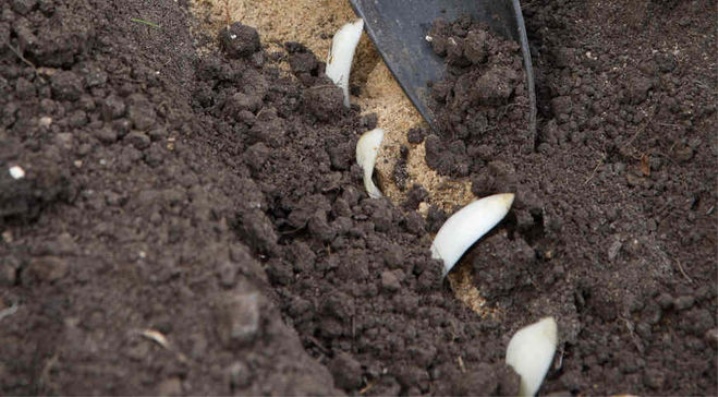
Landing rules
If the scales are prepared correctly, after 1.5-2 months you can see the appearance of children on them. The maximum quantity is 15 pieces. In no case should this period be missed, otherwise sprouts will appear, and a transplant after this period will make them weak and elongated. During this period, the onions must be planted in the substrate in a separate box. It is not necessary to separate the scales yet, since at this stage they supply the children with the necessary nutrients.
It is better to do the preparation of the substrate yourself, for this you will need to mix the soil, peat, sand and vermicompost in equal proportions. It will not hurt to add vermiculite there, which will help the flowers to better take root in a new place, as well as ensure the preservation of moisture in the soil. When planting onions, make sure that the soil layer above them is approximately 1 centimeter. When the procedure is over, the earth is gently moistened with warm water. Gardeners do not recommend using cold.
The container where the onions are planted is placed in a plastic bag, which should not be closed very tightly, without stopping the access of air. After that, she is exhibited in a bright place. In some cases, it is even required to arrange additional lighting. The sprout that emerged from the onion cannot yet be called a real lily. Growing a flower takes quite a long time. Within a year, the onion will grow and put down strong roots. A full flower will appear in the third year after planting.


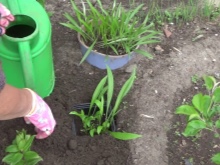
Follow-up care
You can grow beautiful and lush lilies by taking care of them on time and observing certain rules. Gardeners should remember that in the first year of life, these flowers do not require feeding.Fertilizers should be applied after flowering ends, but only if fertilizing was carried out before planting... Tall varieties require tying. This must be done before flowering. After the lily has faded, the dried buds must be removed.
As for moisture, it should be maximized in the spring. This is due to the fact that at this time the green mass is growing. In summer, the amount of watering should be reduced. The optimal amount is 1-2 times a week. When the lilies have faded, you need to water them again more often, which will help to store food in order to winter more calmly.
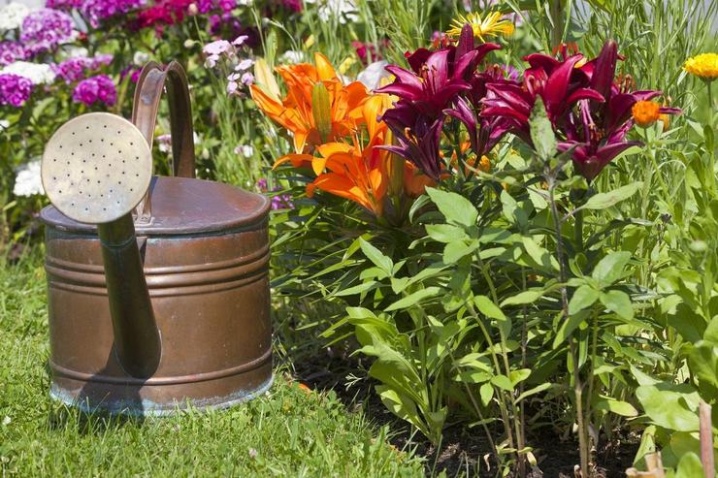
For the reproduction of lilies by scales, see the next video.







































































































The comment was sent successfully.